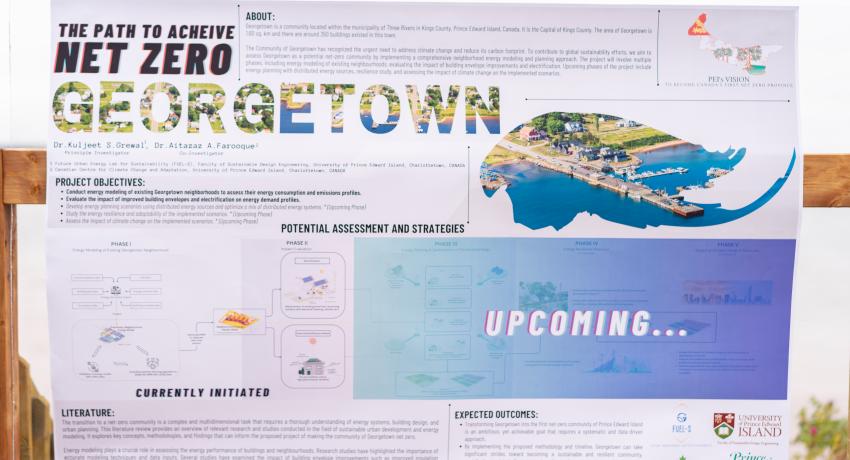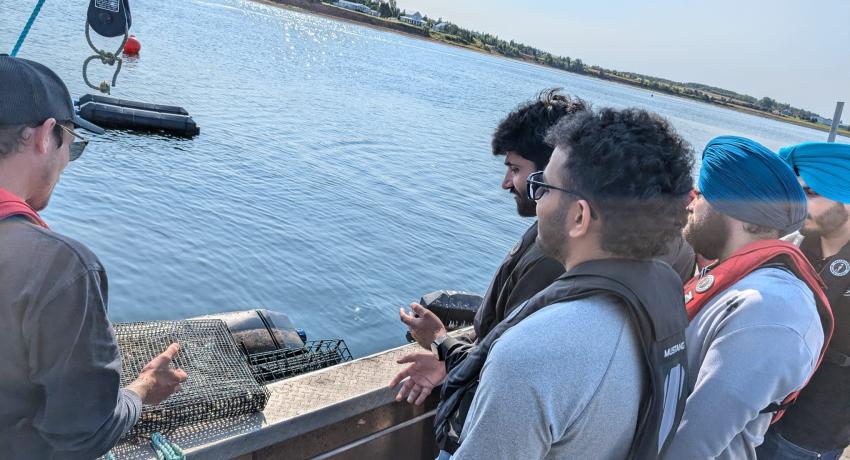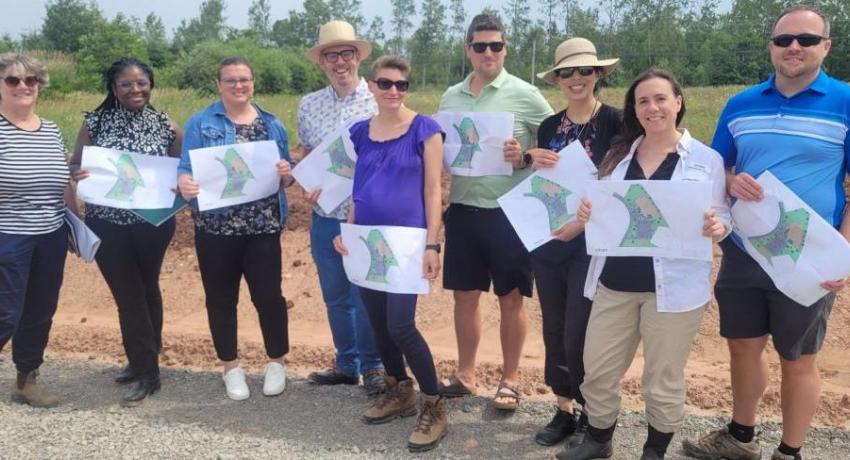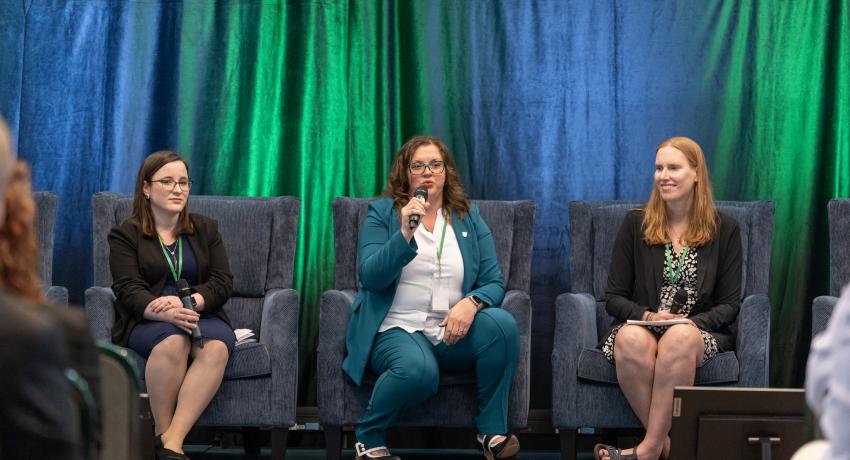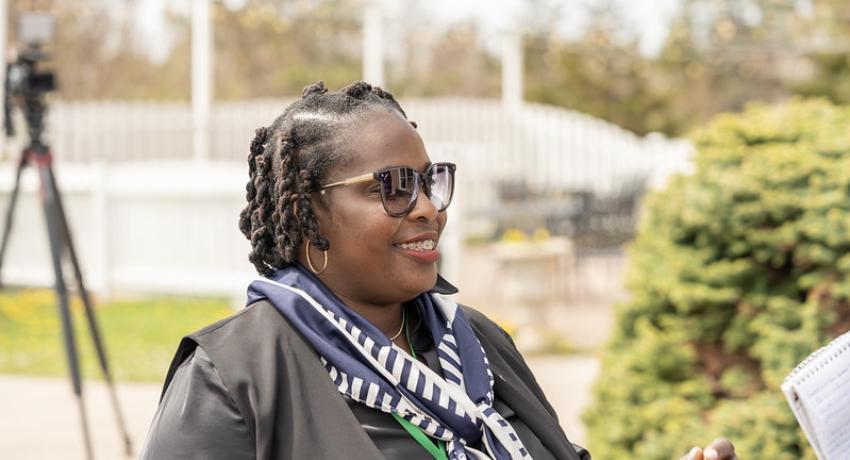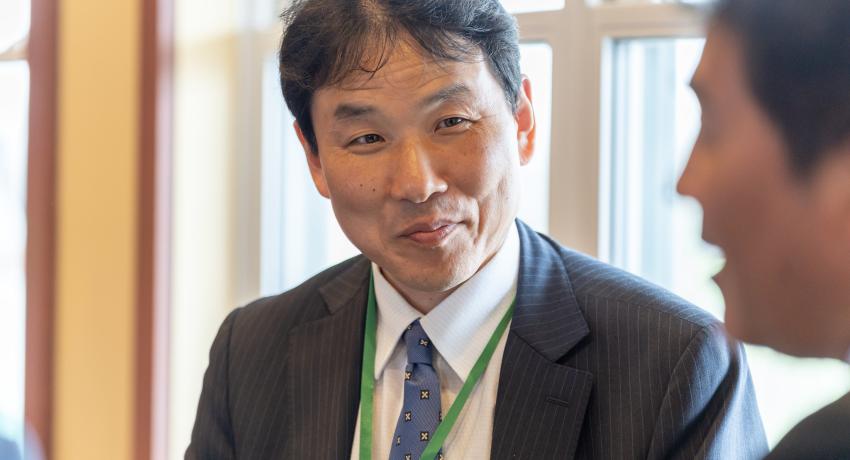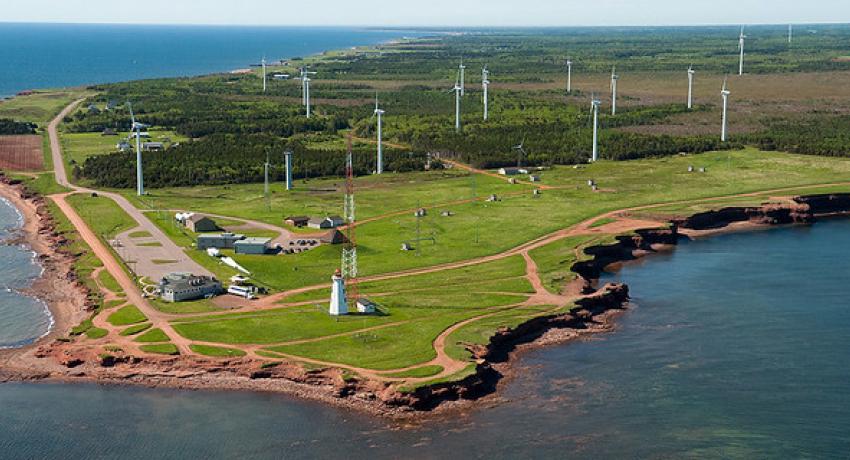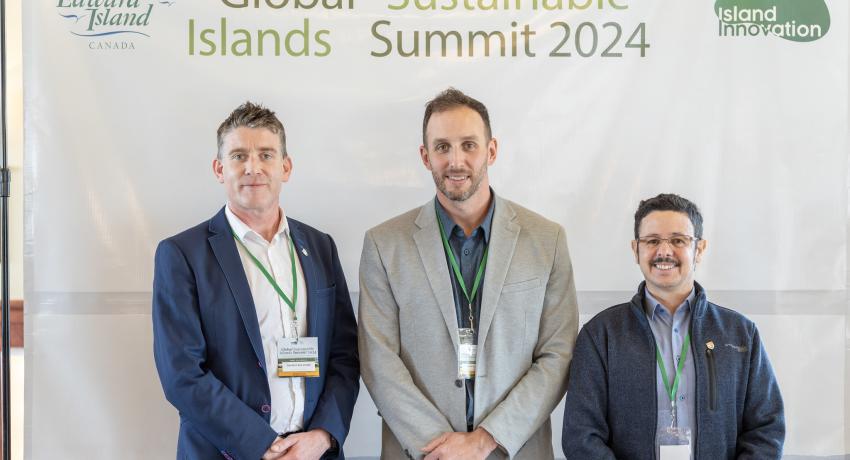With their commitment to Cleantech, one stop supermarket catering to the needs of residents, and booming fishing industry, Georgetown is a community on the rise.
Students and staff at the University of Prince Edward Island’s (UPEI) Faculty of Sustainable Design Engineering have been helping residents think about the ways they can help make Georgetown the first Net Zero community on the Island.
The commitment to make Georgetown fully Net Zero began in October 2023, and the target date to finish the project is 2027.
UPEI implementing innovative technology sources like artificial intelligence to help with the project
Dr. Kuljeet Singh Grewal is an associate professor at the Faculty of Sustainable Design Engineering. During the project, Grewal said that he and his students have been experimenting with new sources of cutting-edge technology models. One of those has been the use of artificial intelligence, or AI.
“We are exploring how we can use artificial intelligence rapidly model energy buildings because we have to understand the energy efficiency of buildings if we want to make our move towards Net Zero. And based on those efficiency assessments, we can decide on retrofitting strategies, and how we will be improving the energy efficiency of our buildings,” said Dr. Grewal. “So that's how we are evolving new methods that are leveraged using artificial intelligence to rapidly model those buildings, and then developing strategies of retrofitting.”
Artificial intelligence is a technology that is still gaining steam in almost every industry.
“Artificial intelligence is applying machine learning and other techniques to help with rapid building modeling, rapid image processing techniques, and actually use that to actually help and speed up processes that typically took a long time in the past because the most important thing before we go and make changes in the community is to see what’s currently happening,” said Brian MacDonald. MacDonald is a 5th year undergraduate student at UPEI and one of Dr. Grewal’s students working on the Georgetown project.
“We have to understand the buildings and what's happened in Georgetown before we can make recommendations for the future. And artificial intelligence is one of those facets that is helping us understand what's going on.”
Community engagement a key pilar of Net Zero project
On top of using artificial intelligence to further their research, Dr. Grewal and his students have undertaken several programs to engage the community of Georgetown in making the community fully Net Zero. To do this, the students have created an initiative called the Community Champions program.
In the few months of its existence, the Community Champions program has allowed residents to see where the sore spots around energy efficiency in their homes and how they can work to fix them.
“We have a short time to finish the data collection, as we have to finish the data collection by the winter because we are not able to collect the data properly because we need to maintain a certain temperature difference between the inside and outside of the houses,” said Sudipta Debnath. Debnath is a master’s student at the department and is taking care of the physical properties during the project.
“To help us in the process, we tried to launch a program called ‘Community Champions.’ We targeted around 15 to 20 people who helped us collect the data from their neighbors so that we don’t have to go door to door.”
One person who chose to take part in the program is Therese Mair, a resource teacher at Georgetown Elementary School. Mair participated in the program for about four to months and has a couple of motivators for why she chose to become a community champion.
“It’s because I believe that we need to do what we can in order to change what we’re doing to help save the environment, what can we do ourselves to help with the situation that’s on everybody’s future? And so, that was part of it,” said Mair. “Part of it was also the fact that I live in a drafty old house and my oil bills were through the roof and have been for years. And with the prices of everything going up, I was wondering if there was, with all of this talk of cleaner energy, a way that I could find out more about how I could make my old home a little bit more energy efficient.”
During her time as a Georgetown Community Champion,” Mair said that her favorite part was meeting the students from UPEI who were collaborating directly with residents. She said that the scientists, Debnath and his partner, Noushad Mohammad, were delightful young scientists to work with. However, Mair also took a shine using the equipment to “zap” the homes in the community to see where the leaks were located. That equipment on loan from the Faculty of Sustainable Design Engineering and included an infrared camera, measuring tape, and hydrometer.
"We were aiming to finish 300 homes by the winter,” said Debnath and the community champions are a big part of that work.

